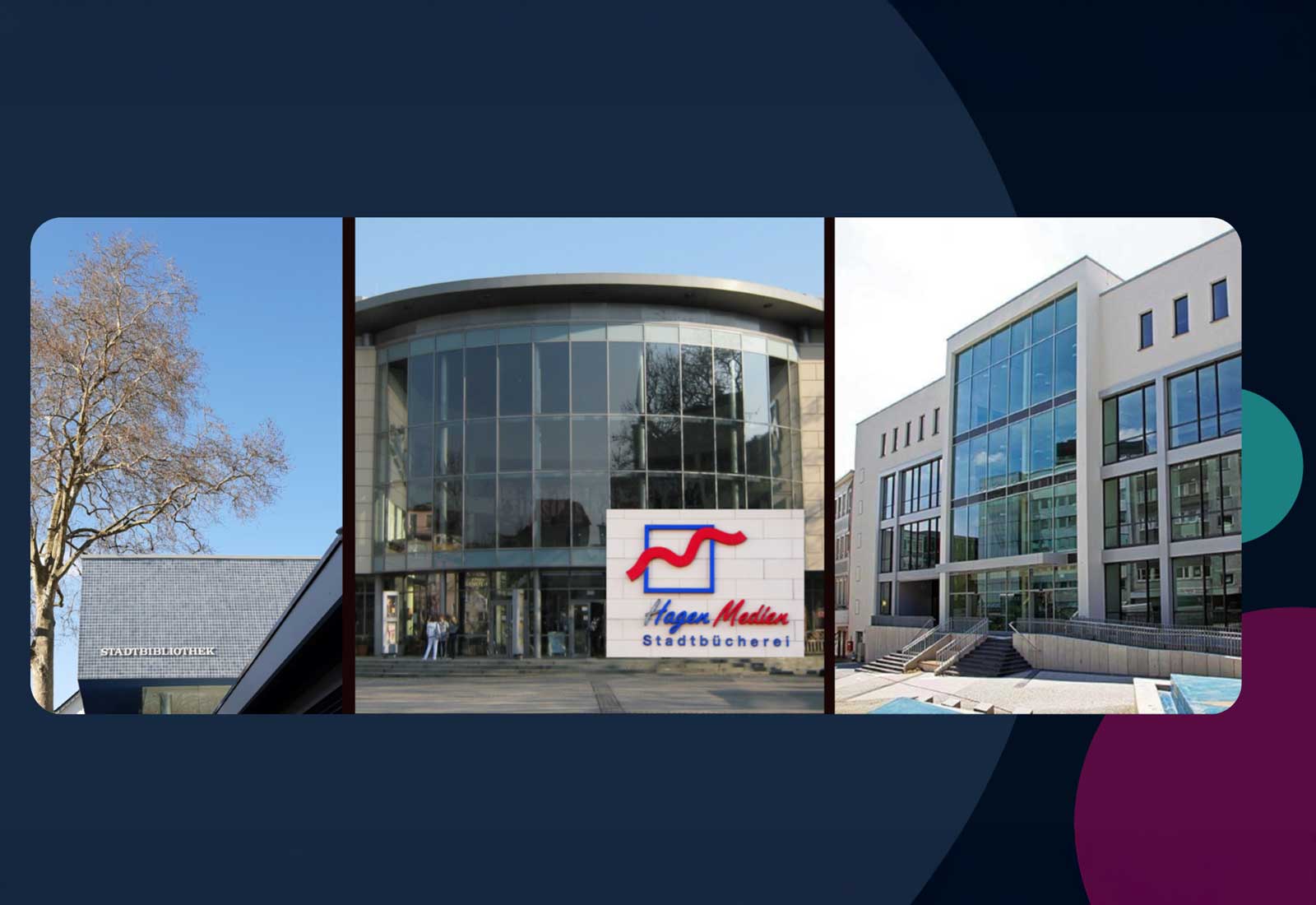Tactics for gaining and keeping user buy-in and co-operation with your project
Unless you have only one user in the system and total control of both the database and budgets, a massive part of your success will hinge on your ability to persuade others that data management is everyone’s responsibility. Take some time to identify who you need buy-in from to keep clean-up projects moving throughout the different stages: different user types, IT departments, 3rd party suppliers and volunteers. Once you have a list of the people you need on-board, begin a campaign to get and keep stakeholders engaged.
Even with management cheering on your data clean-up efforts, data clean-up works best when embraced by everyone involved in the data entry process. Before you can start winning the hearts and minds of your colleagues, you need to know what’s important to them. Look through your list of people whose support you need to be successful. Do you understand the core drivers of each person’s role? What are the key metrics they need to meet? What are they hoping to achieve within their department? If you don’t know, you may struggle to convince your colleagues to prioritise data clean-up with the same fervour as the Documentation team. Dedicate some time to speaking with people to find out what they’re currently working on, what their priorities are and the source of their frustrations. Even if you think you know, it’s probably worth checking in as you might be surprised what you learn.
These conversations will help you to position your solution for each person individually once you start to push for the implementation of data clean-up projects and data entry standards. More importantly, these discussions inspire ideas on how to tweak your plans to benefit the team more widely. Sometimes a small change to your plan also solves a problem another department is facing.
If you’ve built the needs of the relevant parties into your pitch to commit to creating a clean database, people are more likely to see how the change positively affects them and join your efforts.

PRESENT GOALS AS VISUALS
We’re sure your powers of persuasion are mighty, but databases and systems are complex. Some people may not understand the ripple effects of dirty data as well as you do. Around 65% of the population are visual learners and process images better than words. When connecting with your colleagues, consider creating a simple chart or graphic which demonstrates what you are trying to achieve. Other options include creating a comparison diagram to show where you are now versus where you hope to be. Flow charts can also be extremely effective for illustrating the gains from process changes.
BE PRECISE
To strengthen the impact of your visuals, we recommend summarising your case in three to five points. Chances are, most people will skim lengthy reports on data clean-up or cherry pick points from your presentation. Research shows that short term memory is more effective at remembering lists of three and no more than five points. Simplify your key persuasive points into targeted bullet points and circulate this with your visuals to encourage buy-in across the wider organisation.
CONNECT ONE ON ONE
Wherever possible, meet people one on one or in small groups with similar interests so that you can tailor your points very specifically to each audience. You will likely have to present your proposals for data entry standards in meeting or in the form of a report, but this should be the last stage of your campaign to engage people, not the first. By the time you make a formal request for time, resources or investment, you should already have done the leg work to secure buy-in from all relevant parties so that you know you have the support of every department.
Start by communicating where you hope to be: paint an image of what it feels like for database users once your project is underway and how it helps them. Secondly, compare to where we are now, what issues are being faced and what problems are being caused. Finish with your plan for how to get there and how it moves you away from problems and towards the end goals. Give practical examples of exactly how it will be achieved and the expected timescales.
BE READY TO ANSWER, “WHAT’S IN IT FOR ME?”
People are creatures of habit and it will always be easier to keep doing what they’re doing instead of opting for change. Even the most altruistic of people are primarily driven by internal influences. You need to be able to give colleagues a reason to care about your data clean-up project.
Chances are the people you need to buy-in are busy, under pressure and have a mix of conflicting priorities. You might have some success explaining why you need the project to take place and asking them to help you; however, it’s long term co-operation you need, and the most effective approach is to convince others to prioritise your clean-up project for their own reasons.
The same is true of pulling rank or using your position to force co-operation. Threatening putative action for non-compliance may work in the short term, but when monitoring eventually relaxes, people will revert to doing the bare minimum. Focus shifts to other things when staff feel they are no longer under close scrutiny.
To win people over to your underlying goals, show them how these changes benefits them. Be explicit. While some people might be able to connect the dots from your data cleaning project to a time saving for their department, others won’t. Many won’t have the time to think it through because they’re so busy with other things. If you’ve researched department requirements and connected with staff prior to announcing the initiative, you should know which problems each person is currently trying to solve. Spell out clearly how the project you’re proposing will help them achieve a goal they care about, improve a metric under their area of responsibility or solve a problem they’re facing. It’s not about you, it’s about them.
SHOW TIME GAINS
Any manual or repetitive tasks undertaken by staff are usually of extremely low value in the context of the whole organisation. This is the digital era, and the fact is that if a piece of software could perform the task faster and more accurately than a person, then it should be automated. Why? Because there is an unlimited number of things that only a skilled human being can do. Tasks that require logical thought, creativity, experience and learned skills.
Dirty data can impair the effectiveness of software’s ability to perform routine tasks. Reports and processes which can be done more effectively with clean data will free up staff to apply their skills and expertise more effectively.
This is particularly true of users with specialised skills, such as Collections Managers, Registrars, Conservators, Exhibition Managers, etc. Our co-workers were hired because they possess unique and high value skills. The more time spent dealing with poor data quality or manually manipulating data in spreadsheets, the less that everyone benefits from the application of their expertise. Showing staff how clean data gives them more time to dedicate to other facets of their job can be an additional motivator for committing to data clean-up.
Swaying the opinion of an entire organisation is an impressive feat. The road can be long, so positioning yourself as champion of data clean-up and planning for the long-term is critical. Swaying the opinion of an entire organization is an impressive feat. Now that you have everyone on the side of clean data, check out our strategies for keeping data clean.




